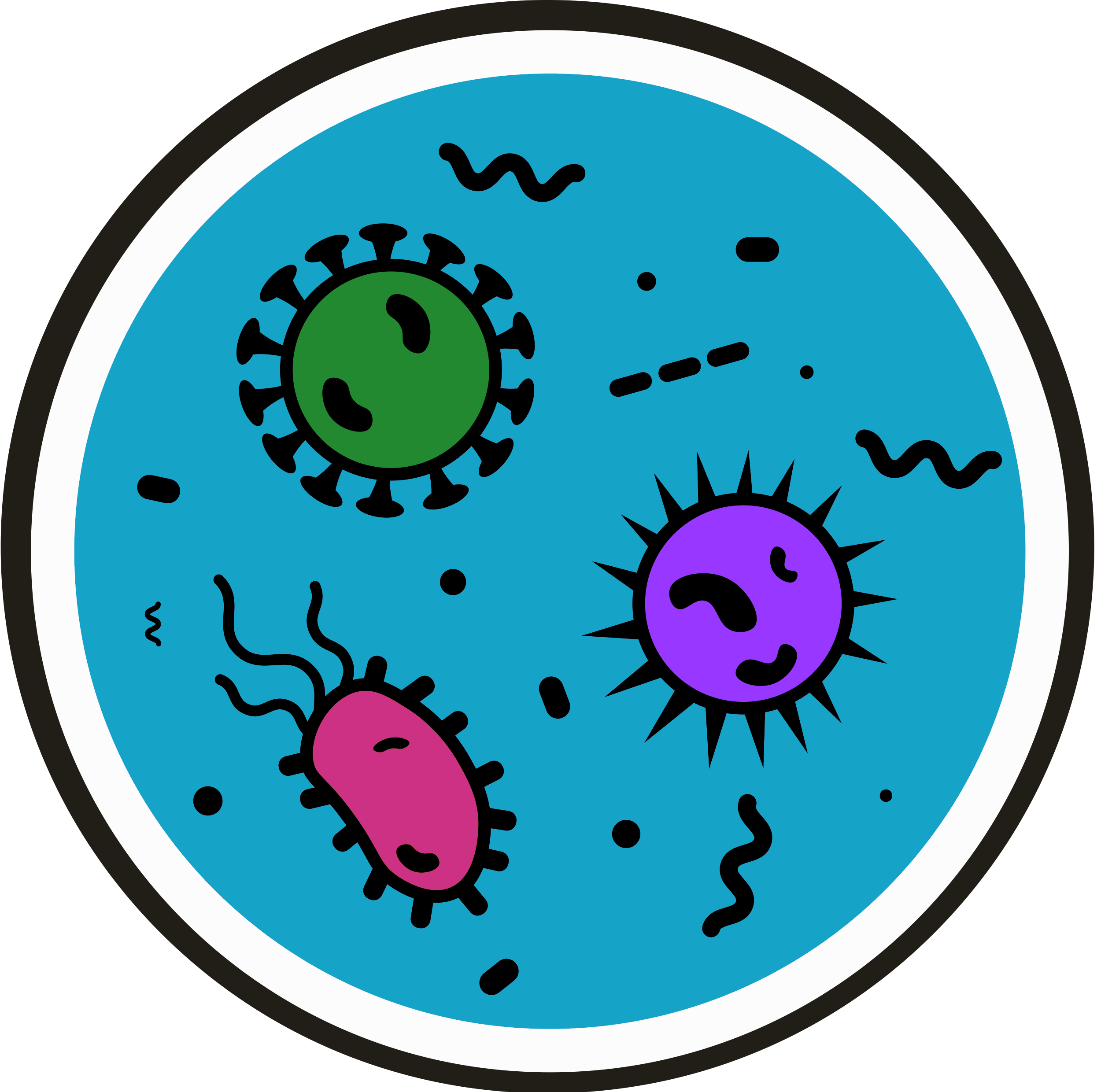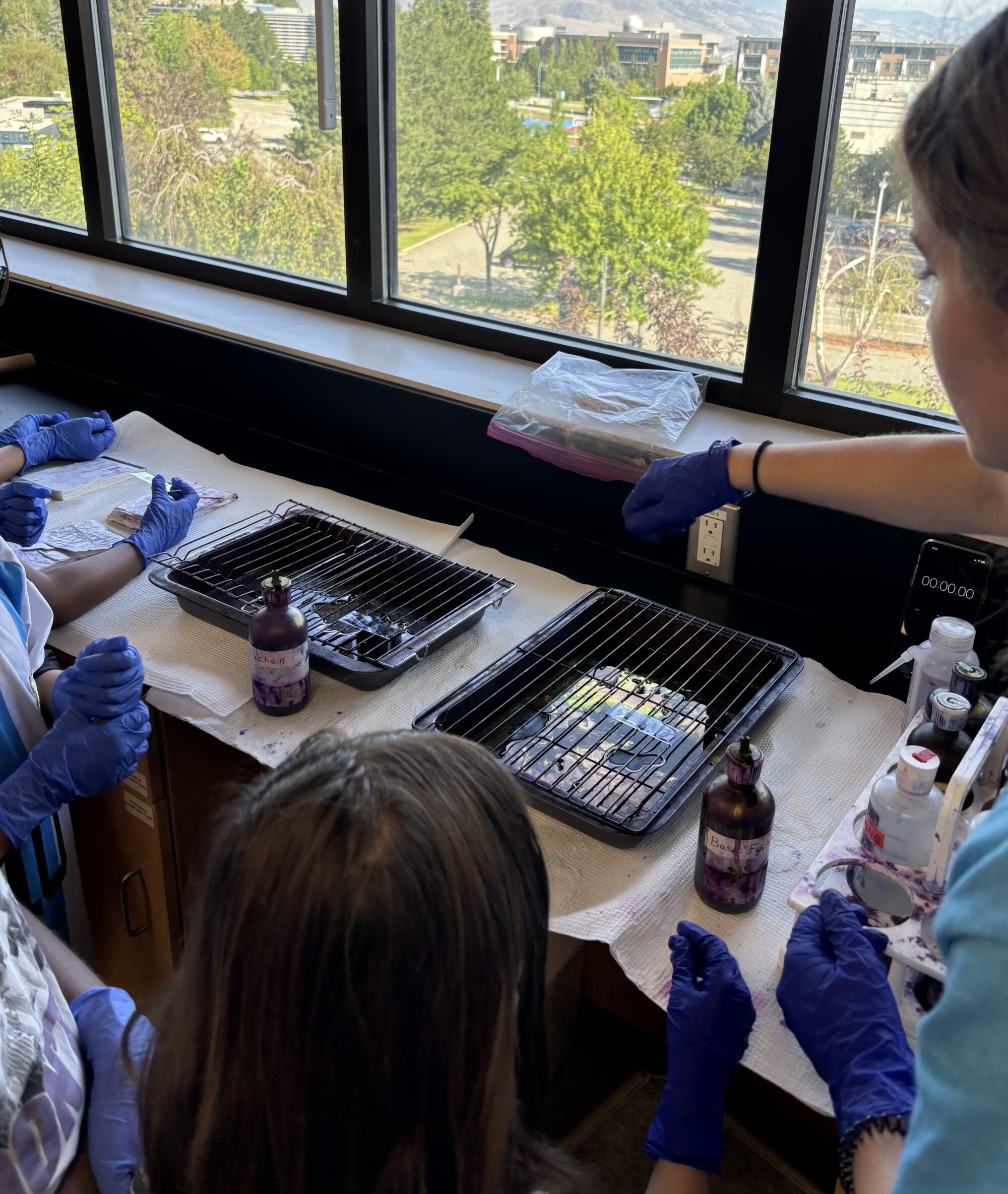Program Summary
This program explores the relationship bacteria have with their environment. Students will learn about the bacteria in different biomes and how they respond to specific stimuli.
Description of Activities
Day 1: Each student will become an expert on one of the five biomes (aquatic, forest, desert, tundra, and grasslands), gaining a deeper understanding of the environment and its unique relationship it shares with its bacterial community. Students will also have the opportunity to see the bacteria that surrounds our environment up close, which will then be Gram-stained and observed under a microscope on Day 2.
Day 2: Students will further investigate how bacteria respond to various environmental stimuli. They will embark on a scavenger hunt to apply their knowledge on how bacteria interact with different stimuli in their surrounding environment.
Learning Outcomes
- Characteristics of different biomes
- What kind of bacteria would live in different biomes
- How bacteria respond to stimuli in their environment
- Microscopy techniques
Ties to BC Curriculum – Grade 4
This program follows the BC Curriculum Big Ideas by integrating hands-on activities and group discussion to enhance their knowledge on the primary learning objective of how living things respond to their environment. This program also focuses on the core competencies of Processing and Analyzing Data and Information, Applying and Innovating, Evaluating and Communicating.
Target Ages: 9-11
“I want this program to inspire the community and provide greater access to knowledge about the specific bacteria found in the biomes surrounding them, while encouraging deeper reflection on how our changing environment may impact bacterial communities.”
– Emma, Program Co-Developer

